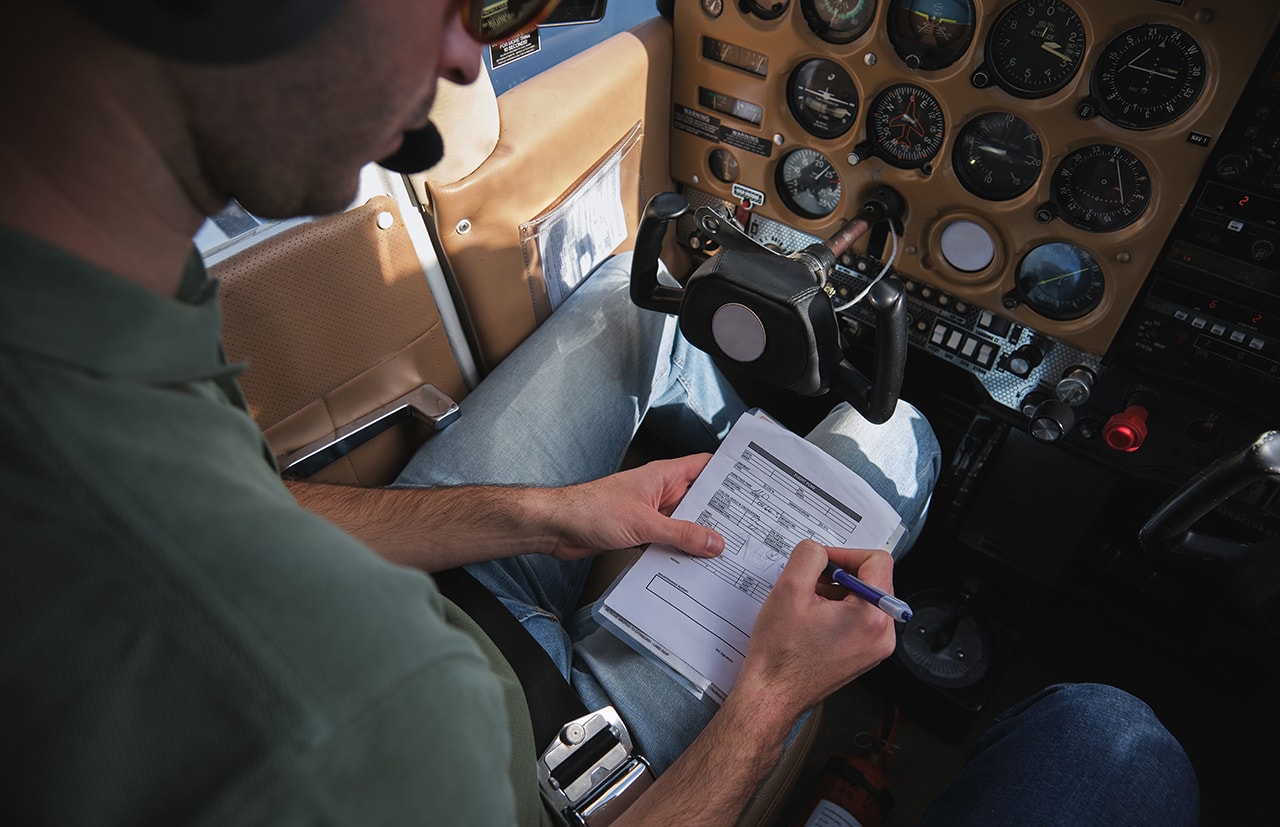Flight Instruments 101: Essential Guide for New Pilots
Sep 12, 2024
Understanding flight instruments is essential for both aspiring pilots and aviation enthusiasts alike. These instruments, including the gyroscopic instruments, provide critical information about the aircraft's performance, navigation, and overall status, ensuring safe and efficient flying. By familiarizing ourselves with these tools, we unlock new levels of confidence and competence in the aviation field. Let’s dive into the key components of flight instruments and their significance in the cockpit.
Summary of Key Flight Instruments
-
Airspeed Indicator: Measures the aircraft's speed relative to the surrounding air, critical for safe takeoff and landing.
-
Altimeter: Indicates the aircraft's altitude above sea level, essential for maintaining altitude and avoiding obstacles.
-
Attitude Indicator: Displays the aircraft's orientation relative to the horizon, helping pilots maintain level flight and navigate turns effectively.
-
Heading Indicator: Shows the aircraft's current direction, aiding in navigation and course corrections.
-
Vertical Speed Indicator (VSI): Measures the rate of ascent or descent, providing crucial information for maintaining a safe altitude change.
-
Turn Coordinator: Indicates the rate of turn and coordination of the aircraft during maneuvers, ensuring smooth and balanced flying.
Types of Instruments
Flight instruments are critical to flying any aircraft, so you can control and find problems.
There are four basic types of aircraft instruments grouped by what they do: flight instruments, engine instruments, navigation instruments, and miscellaneous position/condition instruments. The standard ‘six pack’ of basic instruments: airspeed, attitude, altimeter, turn coordinator, heading, and vertical speed, give you real time data on speed, altitude and other flight critical parameters.
Pilots use aircraft instruments to know where the plane is, how fast it’s going and what it’s doing to the ground.
The Original 6 Pack
The “aviation six pack” are the six basic flight instruments that give pilots real time data for safe and effective flying.
These are the Altimeter, Airspeed Indicator, Heading Indicator, Attitude Indicator, Turn Coordinator and Vertical Speed Indicator. They work together to give you a overall view of the aircraft’s performance and position.
By using these tools pilots can fly with confidence, knowing they’re in the right altitude, speed, direction and overall flight safety.
This foundation knowledge also allows pilots to respond with precision in any situation.
Primary Instruments
Airspeed Indicator (ASI)
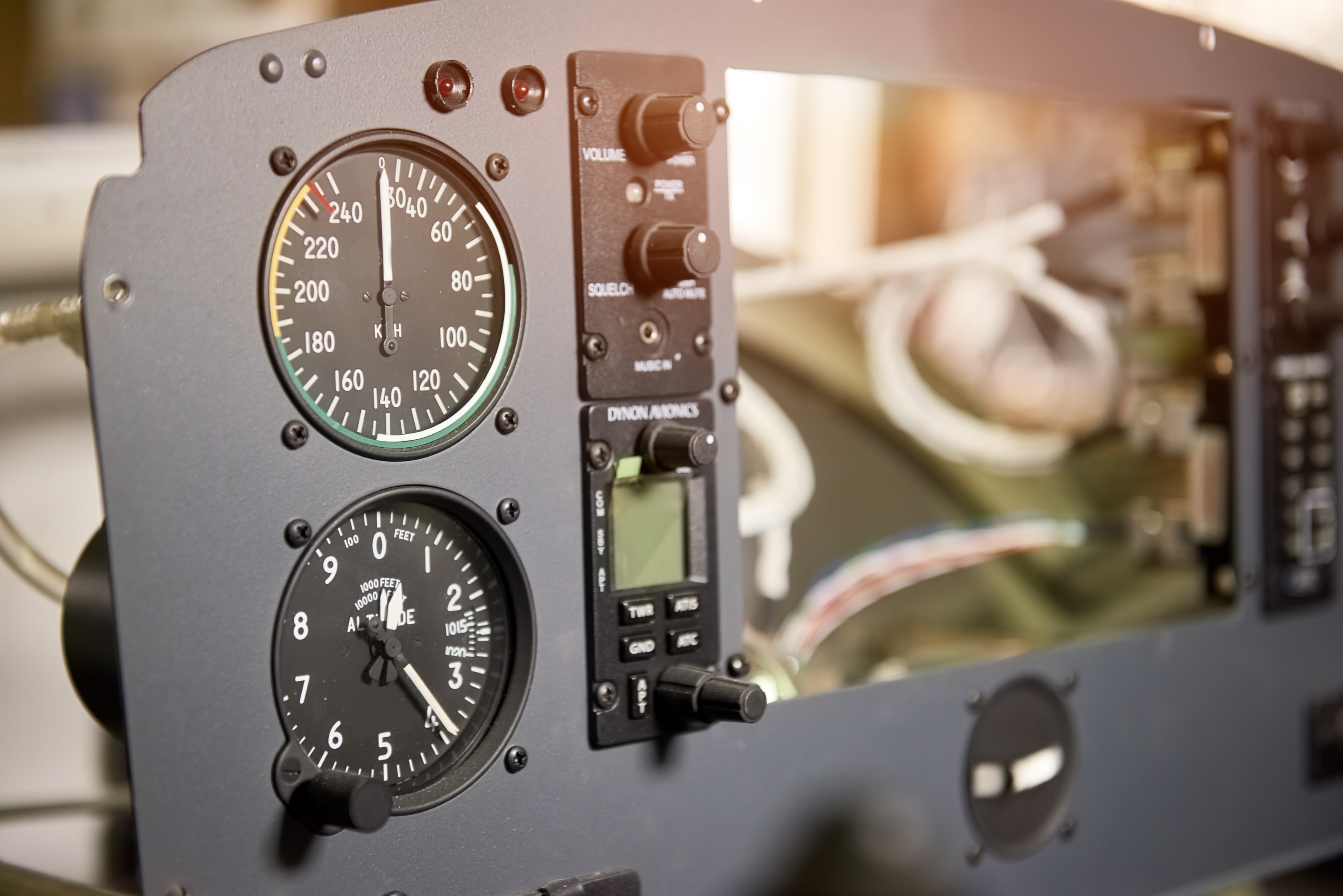
The Airspeed Indicator (ASI) is a critical instrument that measures the speed of the aircraft as it moves through the air, using air pressure differences detected by a static port and pitot tube. The airspeed indicator works by measuring ram air pressure through the pitot tube. This tool empowers pilots by giving them real time data on the aircraft’s current indicated air speed (IAS) which is critical for control and safe navigation. Understanding the ASI’s readings allows pilots to make informed decisions on speed management, avoid stall conditions, optimize fuel efficiency and stay within operational limits.
In addition to showing IAS with a big needle the ASI has standard color-coded markings for each aircraft model’s critical speed thresholds. These are a visual aid to help pilots quickly see where they are in relation to the aircraft’s performance envelope. By using the ASI pilots can feel more confident and capable, fly with precision and safety and team and inclusive in the cockpit.
Attitude Indicator (AI)

The Attitude Indicator (AI) is often called the artificial horizon. It’s critical for pilots as it shows the aircraft’s orientation to the earth’s horizon.
This instrument allows pilots to quickly see if the plane is level, climbing, turning or descending and shows degrees of pitch and bank.
By giving pilots immediate feedback on these critical parameters, the attitude indicator allows them to control the aircraft better during flight and navigate more effectively.
Using the AI builds confidence in pilots so they can work together in the cockpit to make flying smooth for everyone on board.
Altimeter
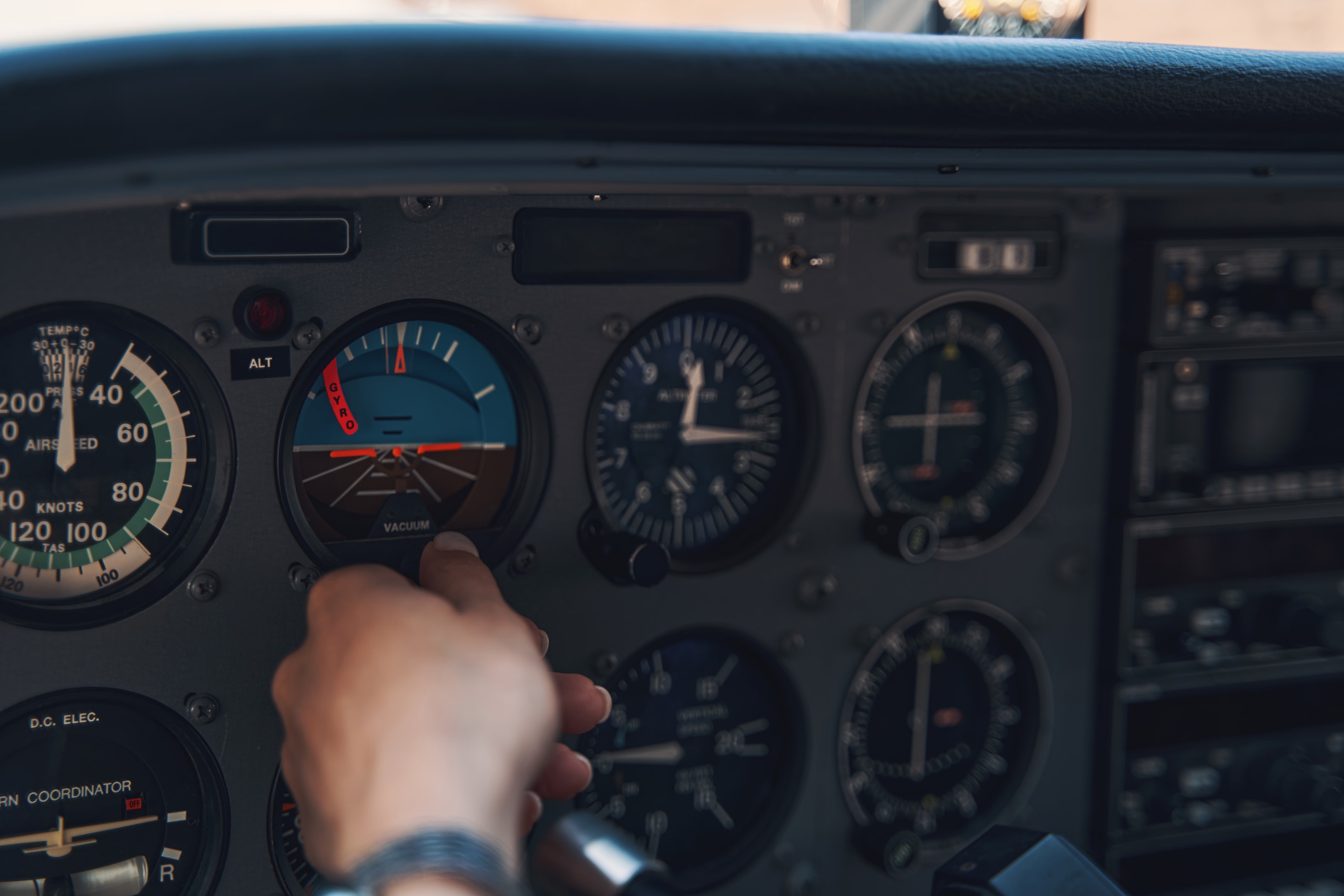
The Altimeter is a critical instrument for pilots, giving them information on the aircraft’s current height above sea level.
By measuring barometric pressure, it gives accurate altitude readings that need to be set and adjusted frequently during flight to account for changing pressure conditions.
The altimeter has an adjustment knob to dial in local barometric pressure and shows altitude in 100-, 1,000- and 10,000-feet increments.
Using the Altimeter not only allows pilots to make informed altitude decisions but also allows them to work as a team in the cockpit and fly safely and precisely.
Navigation and Orientation
Heading Indicator (HI)
The Heading Indicator (HI) is a navigation instrument for pilots, using a rotating gyro to show the aircraft’s direction of flight based on a compass rose. The heading indicator shows the aircraft’s heading relative to magnetic north and is critical for navigation.
It shows headings in 5-degree increments with every 30 degrees marked, so pilots can see the aircraft’s orientation clearly.
By showing the headings on a 360-degree compass card where north is 360 the heading indicator helps pilots to be aware of their route and overall flight safety.
Using the Heading Indicator not only improves individual pilot proficiency but also teamwork in the cockpit.
Turn Coordinator (TC)
The Turn Coordinator (also called turn indicator) is an instrument that shows the direction and rate of turn and any slip or skid during the turn.
This instrument helps pilots to control the aircraft as roll and yaw during turns can cause unintended altitude loss.
The turn coordinator has an aircraft silhouette to show the direction of turn, the TC helps pilots to understand the rate and direction of turn not the bank angle.
Using the Turn Coordinator not only improves navigation but also assists the pilot to fly safer and more effectively.
Vertical Flight Management
Vertical Speed Indicator (VSI)
The VSI measures the changes in air pressure, the pressure differential, and shows this as a rate of climb or descent.
The VSI is used to monitor rate of climb/descent and to confirm the aircraft/pilot is on level flight.
The instrument shows the rate of climb or descent in hundreds of feet per minute (fpm).
The VSI responds to changes in the aircraft’s rate of climb or descent.
Pitot-Static Systems
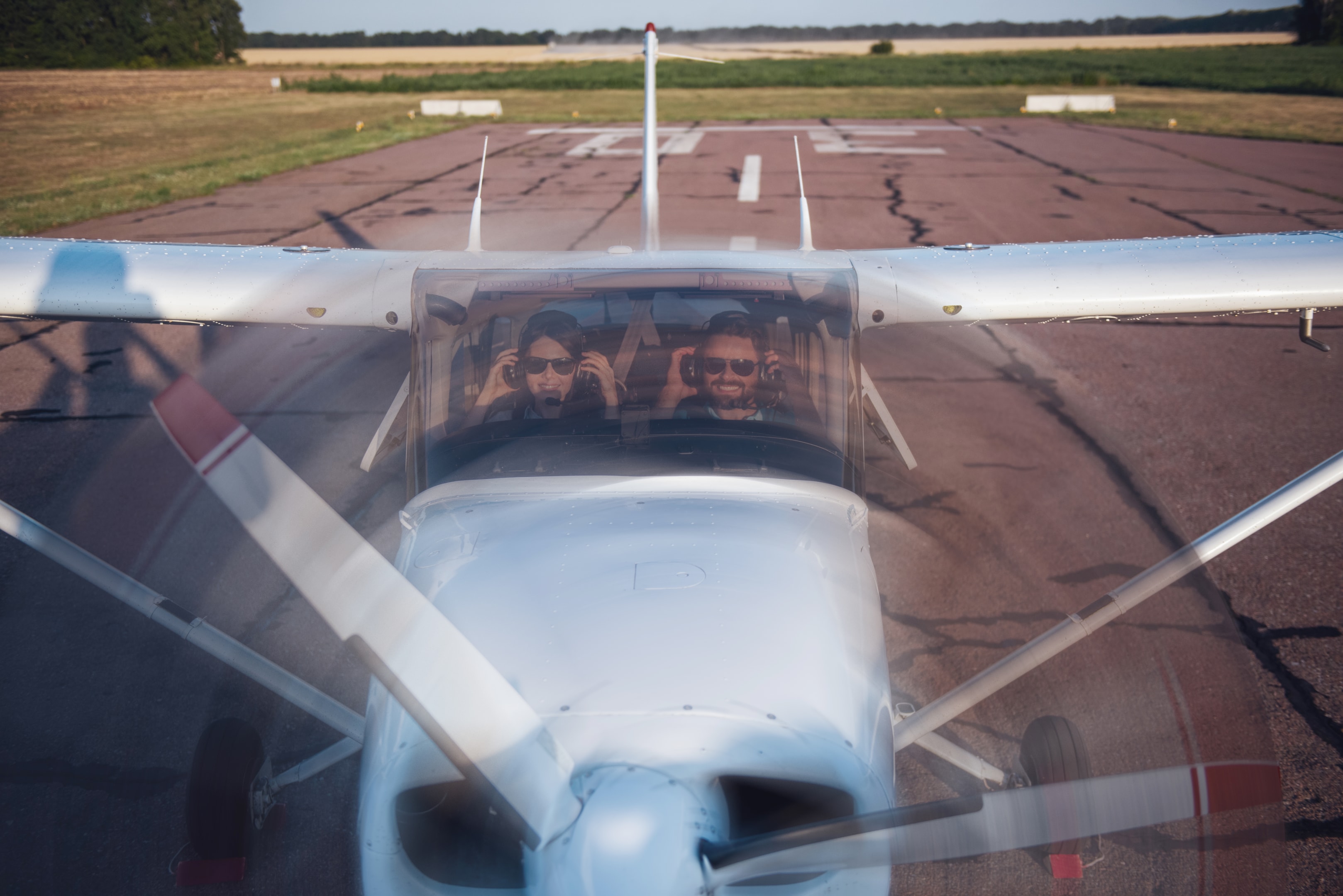
Aircraft Pitot-Static Systems
Pitot-static systems are used to determine an aircraft’s speed and altitude, using static pressure differences. A pitot tube measures dynamic pressure, static ports capture surrounding static pressure.
By comparing these measurements pilots can calculate airspeed using Bernoulli’s equation which links airflow speed and pressure.
Static pressure data also helps altimeters to determine altitude based on deviations from standard atmospheric pressure.
Understanding these systems helps pilots to fly safer and more efficient and to understand aircraft performance.
Non-Standard Pressure and Temperature Adjustments
To perform optimally and safely pilots must adjust the indicated airspeed for nonstandard pressure and temperature. This correction is important because changes in altitude and atmospheric conditions can affect air density which in turn affects true airspeed.
By doing so pilots can make better decisions during flight. This will increase their confidence and overall safety for everyone on board.
In the end acknowledging and correcting for these atmospheric variations will make flights more efficient and safer and pilots will be able to navigate better.
Engine and System Monitoring
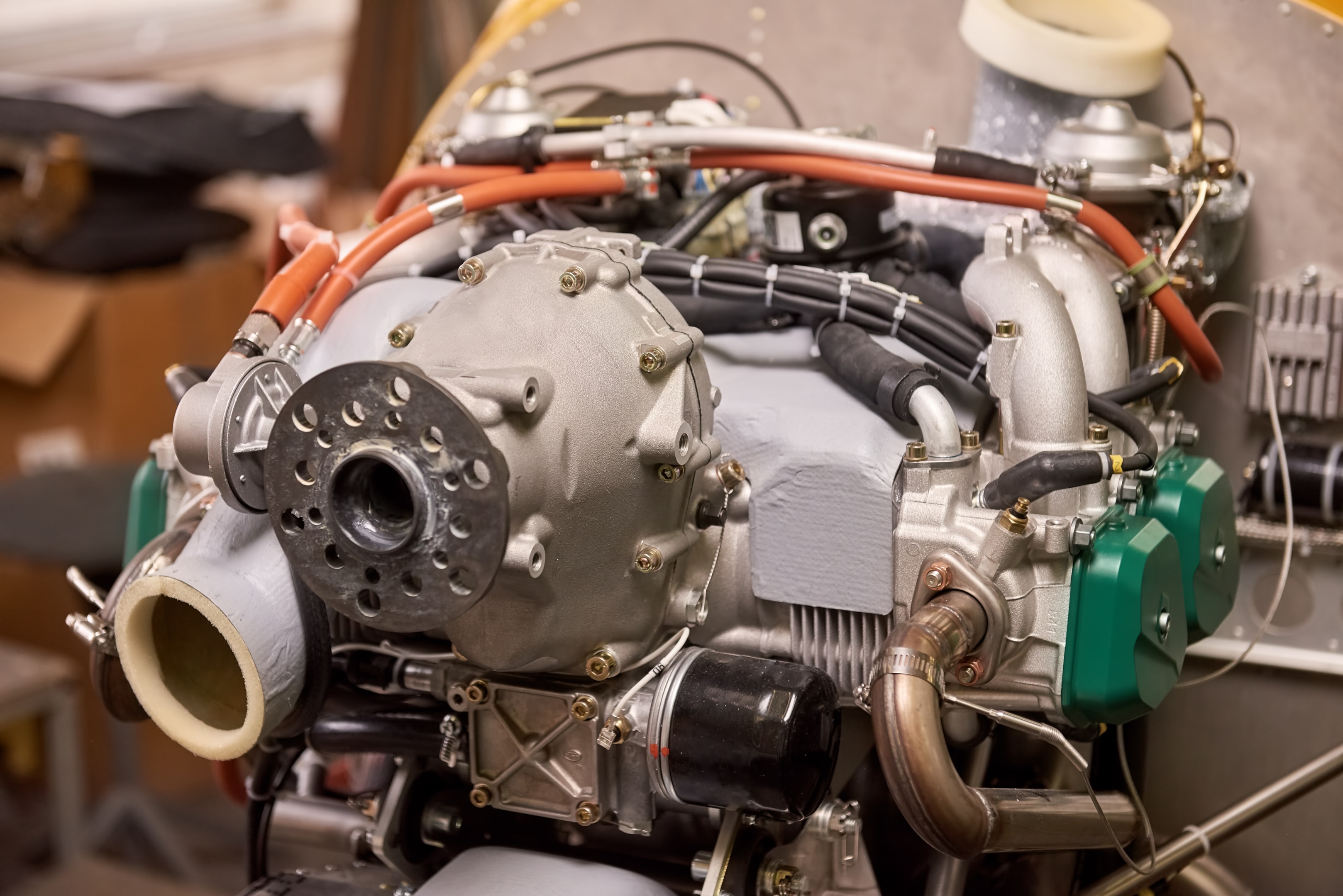
Engine Instruments Overview
Engine instruments are used in flight to measure the engine(s) operating parameters.
Examples of these instruments are tachometers, temperature gauges, fuel and oil quantity indicators, engine pressure gauges. Each of these instruments provides critical data for the pilots to have optimal engine performance.
Tachometer
Tachometers play a vital role in aircraft by providing real-time information about engine RPM (revolutions per minute). This data is crucial for pilots, as it helps them monitor engine performance and maintain optimal operating conditions. By understanding the RPM readings, pilots can make informed decisions regarding power settings and ensure that the engine is not operating beyond its limits, which can prevent potential failures. Furthermore, consistent monitoring of tachometer readings enhances safety and efficiency during flight, empowering pilots to achieve peak performance with confidence. In essence, tachometers are indispensable tools that support pilots in their mission to fly safely and efficiently.
For Pilots
By providing real time information engine instruments allows pilots to be in control and navigate safely and have a safe flight for everyone on board.
Navigation Systems
Navigation instruments in modern aircraft provide guidance information to the aircraft to follow its intended track.
Examples of navigation instruments are various kinds of navigation devices from the simple compass and radiolocation to GPS location devices.
The Horizontal Situation Indicator (HSI) is the magnetic compass plus navigation signals and a Glide slope.
The Attitude Director Indicator (ADI) is an Attitude Indicator with computer driven steering bars used to relieve pilots of tasks during instrument flight.
Summary
Aircraft instruments are used by pilots to make decisions during flight.
Knowing how instruments work means a pilot can see when the equipment is malfunctioning and avoid mistakes during flight.
The six pack instruments are used for safe flight and are Altimeter, Airspeed Indicator, Heading Indicator, Attitude Indicator, Turn Coordinator and Vertical Speed Indicator.
